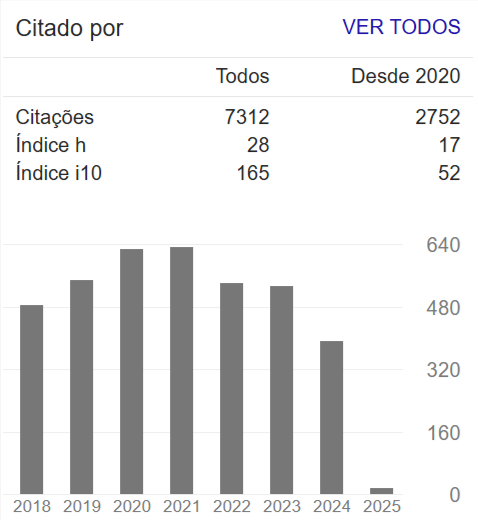Anaerobic Bioremediation of Groundwater Containing High Concentrations of cis-1,2-Dichloroethene Using Solid Amendments
Resumo
A ruptured degreaser introduced trichloroethylene (TCE) into groundwater at an industrial facility in Stephenville, TX. Groundwater near the source zone (30m by 15m) had TCE concentrations near 500 mg/L, suggesting that un-dissolved contaminant was present. Aqueous phase TCE and c-1,2-DCE had migrated 150 m down gradient with little vinyl chloride (VC) or ethene. Site lithology consisted of 1 m of coarse fill over silty sand. Groundwater was about 2 m below ground surface.
In Fall 2008 and Spring 2009, 4900 kg of Z-LoyTM nanocrystalline zero valent iron (NZVI, OnMaterials) and 42,600 kg of NewmanZoneTM (RNAS, Brooklyn Center, MN) were mixed with 151,400 liters of deoxygenated water and injected through sixty 3m deep PVC wells. Z-LoyTM contains zero valent metals (iron and aluminum) deposited onto the surface of sub-micrometer aluminum oxide particles. NewmanZoneTM is a sub-micrometer oil-in-water emulsion providing both fast- and slow-release electron donors. The 2008 program resulted in nearly complete elimination of TCE, including in two source zone wells suspected to have TCE present as DNAPL. TCE degradation was accompanied by an substantial increase in c-1,2-DCE, suggesting that biotic degradation was the primary mechanism [1]. Smaller amounts of 1,1-dichloroethene (1,1-DCE) and ethane suggested that some abiotic degradation had occurred. The incomplete dechlorination was probably the result of pH that was too low for native bacteria and the absence of critical bacteria species needed for complete dechlorination.

















